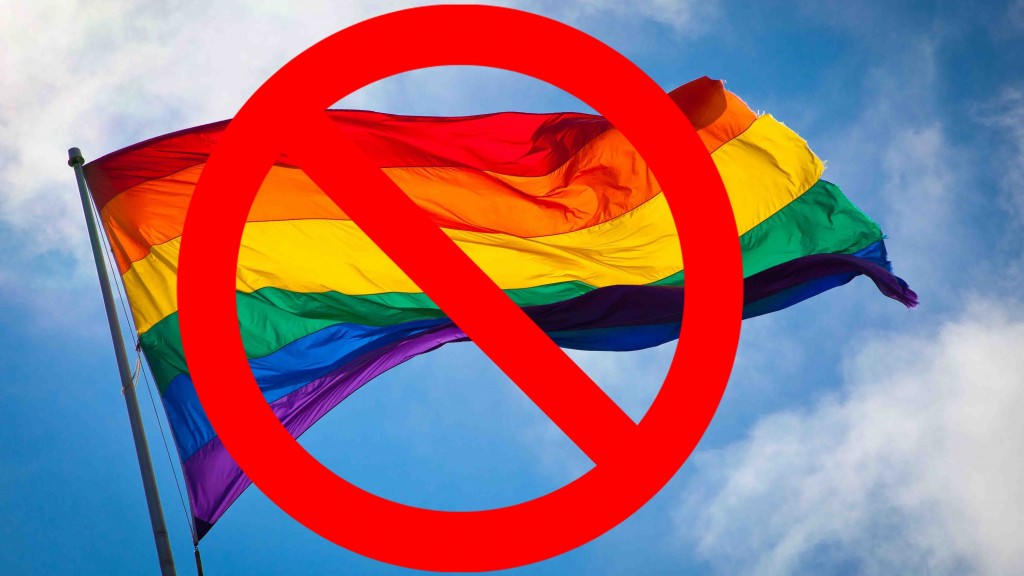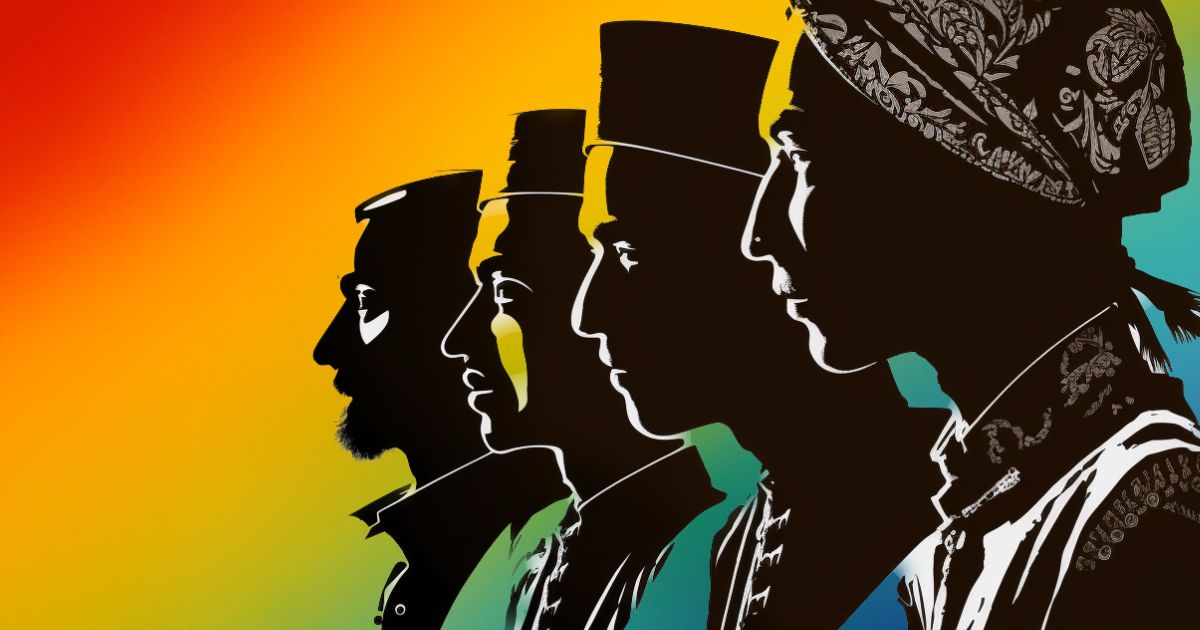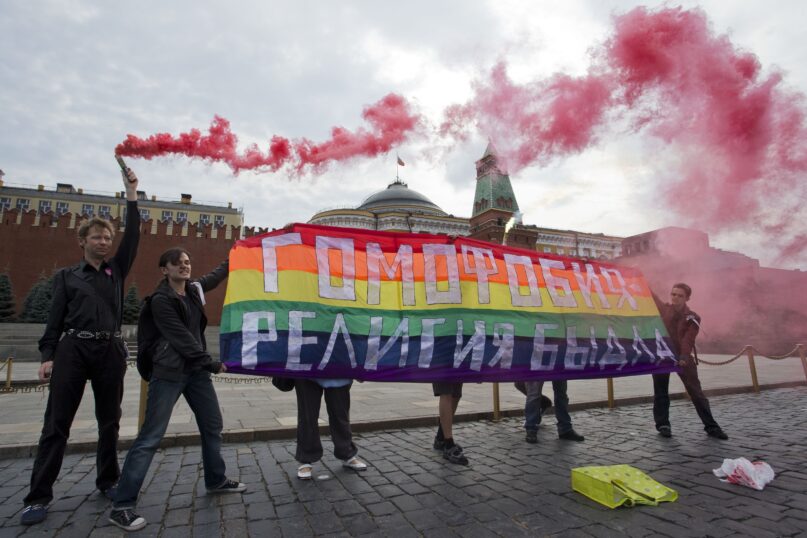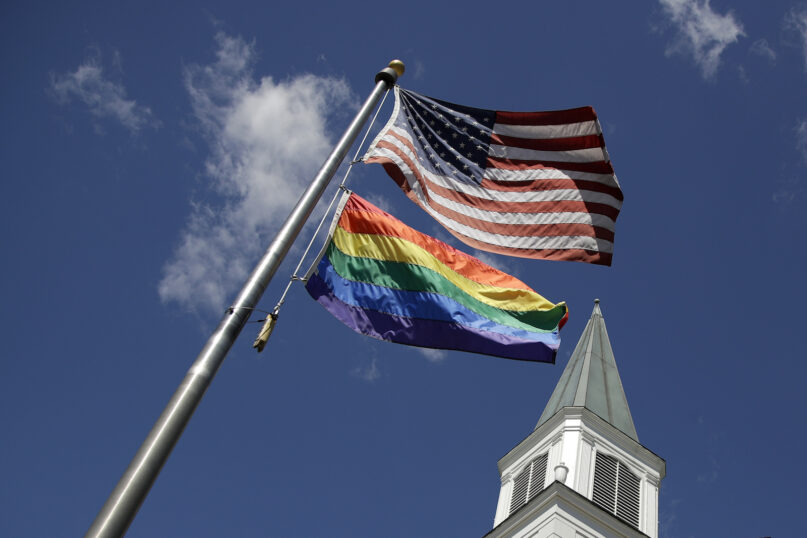
Christians gathering in front of Cathedral Saint Joseph in Erbil protest an Iraqi presidential decree,
ERBIL (Kurdistan 24) – Hundreds of Christians on Thursday gathered in Kurdistan Region’s Ankawa district to protest a recent Iraqi presidential decree, which revoked an earlier decision that had recognized Patriarch Louis Raphaël I Sako as the head of Chaldean Catholic Church in Iraq and the world.
Members of various Christian political parties gathered in front of the Cathedral of Saint Joseph in the district, where they read a joint statement, slamming the new decree issued on July 3 by Iraqi President Abdul Latif Rasheed.
Per the new decree published in the official gazette, Decree No. 147 of 2013, which had recognized Patriarch Sako as the head of the Chaldean Catholic Church in Iraq and the world as well as custodian of the Church’s assets.
“We protest this decision because we believe it is an attack on one of the biggest churches in Iraq and the Middle East,” Goran Abdul Jabar, an official from a Chaldean party, told reporters, adding the decision sets a precedent that attacks Christians.
The decree revocation came after a period of tension between the Church’s leader and Rayan al-Kildani, the leader of Babylon Movement, a Christian political party close to Iranian-backed militia groups in Iraq.
The two leaders have recently engaged in a war of words, accusing each other of exploiting the minority group, whose population has dramatically dwindled in Iraq.
The militia leader is “self-aggrandizing and wants to become a leader,” Patriarch Sako told Kurdistan 24 in May.
Al-Kildani heads the 50th Brigade of the Shiite militias, known as Popular Mobilization Forces (PMF). The U.S. Treasury designated al-Kildani for “serious human rights abuses,” on July 18, 2019.
“In May 2018, a video circulated among Iraqi human rights civil society organizations in which al-Kildani cut off the ear of a handcuffed detainee,” the Treasury noted.
Although the Movement presents itself as a Christian military unit of the PMF, most of its recruits are Shiite Muslims from Baghdad, Sadr City, Al-Muthanna, and Dhi Qar, according to Michael Knights, a Shiite militia expert at the Washington Institute for Near Eastern Policy.
In 2017, al-Kildani founded the militia group, whose members were expelled from the Hamdaniya district by the PMF command and Prime Minister Office for stealing ancient artifacts from the Mar Behnam Monastery and homes.
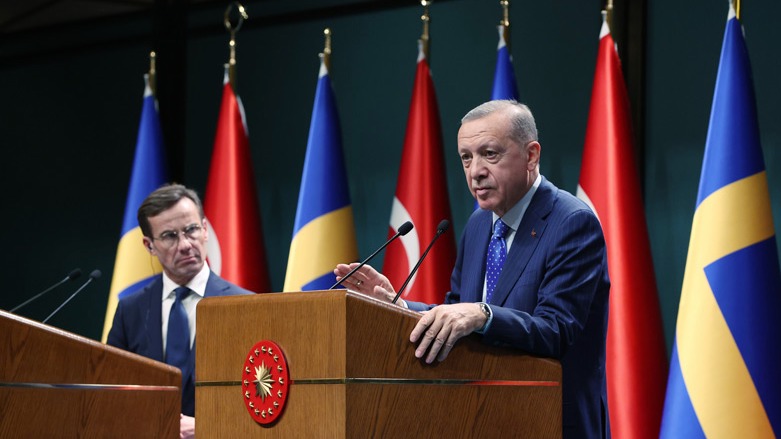 Turkish President Recep Tayyip Erdogan, left, and Sweden's Prime Minister Ulf Kristersson (Photo: Turkish Presidency)
Turkish President Recep Tayyip Erdogan, left, and Sweden's Prime Minister Ulf Kristersson (Photo: Turkish Presidency)










